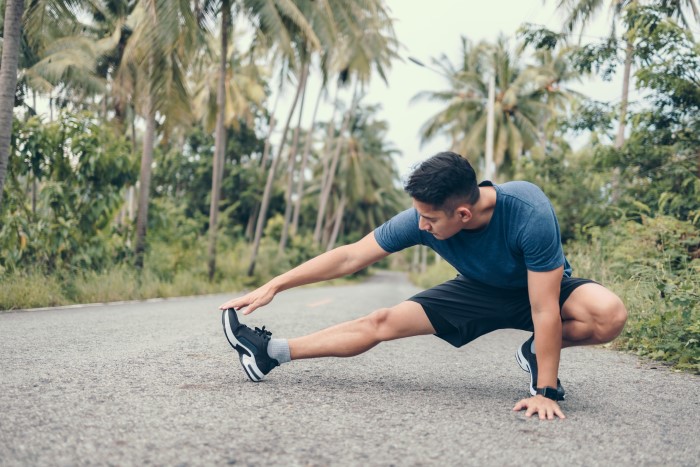
What is Involved in Stretching
Flexibility is an important part of physical fitness. Your range of motion will strongly affect your maximum speed, power, and ability to move without injury. So, proper stretching is important to athletic performance and injury prevention. But like any other exercise, stretching must be done properly if you want its benefits. Although there are many types of stretching, this article will focus on the most basic types, and factors that affect how well they work.
Stretching involves the nervous system and reflexes as much as it involves the muscles. How well we work with these natural reflexes will determine how much benefit we get from stretching. Here are the major factors involved:
Muscle Spindle Reflex
The muscle spindles sense the amount and rate of muscle lengthening. If it reaches the limits of the muscle, the muscle spindle reflex will contract the muscle to prevent over-stretching. Also, this reflex will inhibit the contraction of the antagonist (opposing) muscle group. A good demonstration of this is when someone taps the patellar tendon. The tendon will tug on the quadriceps, after which the muscle spindle reflex will cause the quadriceps to contract and cause the "Knee jerk" response.
Golgi Tendon Reflex
The golgi tendon organs sense the amount and rate of the tension force being applied to the tendon. If either of these approaches the limit, the reflex will inhibit muscle contraction to relieve tension and prevent damage to the muscle or the tendon.
Reciprocal Inhibition
Whenever a muscle contracts, the opposing muscle is inhibited from contracting. This prevents two opposing muscle groups from canceling out each other's efforts.
Static Stretching
This is where the muscle is stretched to a particular length and is held there for a given duration. The muscle spindle reflex will initially contract the muscle, but it will start to relax after about 15 to 20 seconds. The tension will also cause the golgi tendon reflex to relax the muscle. This type of stretching can be done as active stretching, passive stretching, or a combination of both.
Active stretching means contracting the antagonist muscle in order to stretch the target muscle. This will cause reciprocal inhibition to relax the target muscle and allow it to stretch further. Also, the tension of the stretched muscle will provide resistance exercise for the antagonist muscle. This type of stretching is often performed in exercises such as yoga.
Passive stretching uses an external force to stretch the target muscle. The external force can be provided by gravity, another limb, or the help of another person. This stretches the target muscle further than you can with active stretching alone. But there is no reciprocal inhibition to help relax the stretched muscle. This is the most common way to stretch. You can combine both types of stretching by contracting the opposing muscle while passively stretching the target muscle. This will provide both the range of motion from the passive stretching and the reciprocal inhibition from the active stretching. With any type of static stretching, it is usually best to stretch the target muscle for at least 20 seconds to relax the muscle spindle reflex.
Ballistic Stretching
Avoid ballistic stretching (bouncing). During this type of stretching, momentum is used (in short bursts) to stretch the muscle to its limit. The muscle will not have time for the muscle spindle reflex to relax. Also, short stretching bursts can shorten the muscle by over-stimulating the muscle spindle reflex. This will defeat the purpose of stretching and increase the risk of injury.
There are many types of stretching. They all involve the nervous system and the muscles. When stretching, use the proper technique to get the most benefit and avoid injury.
Other articles